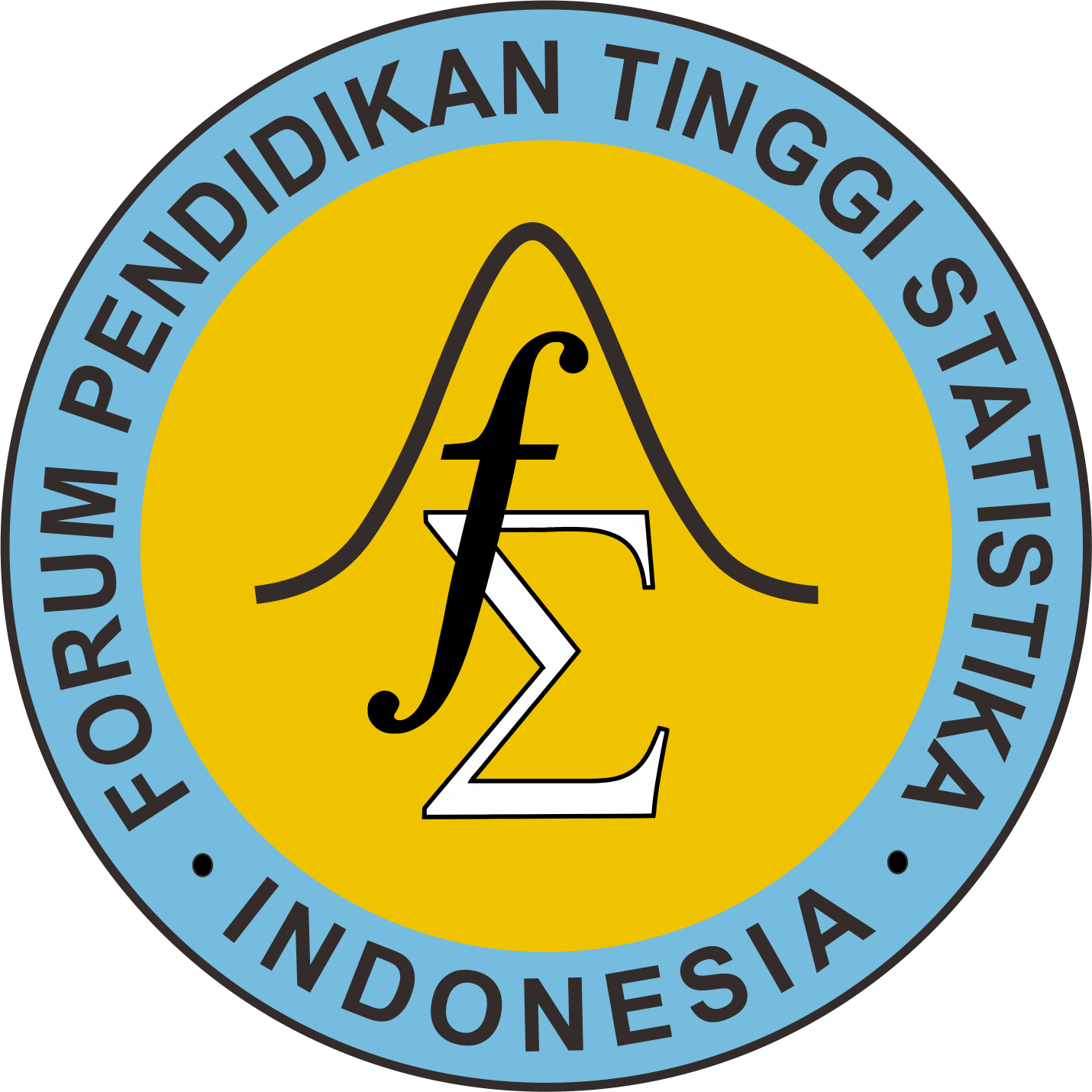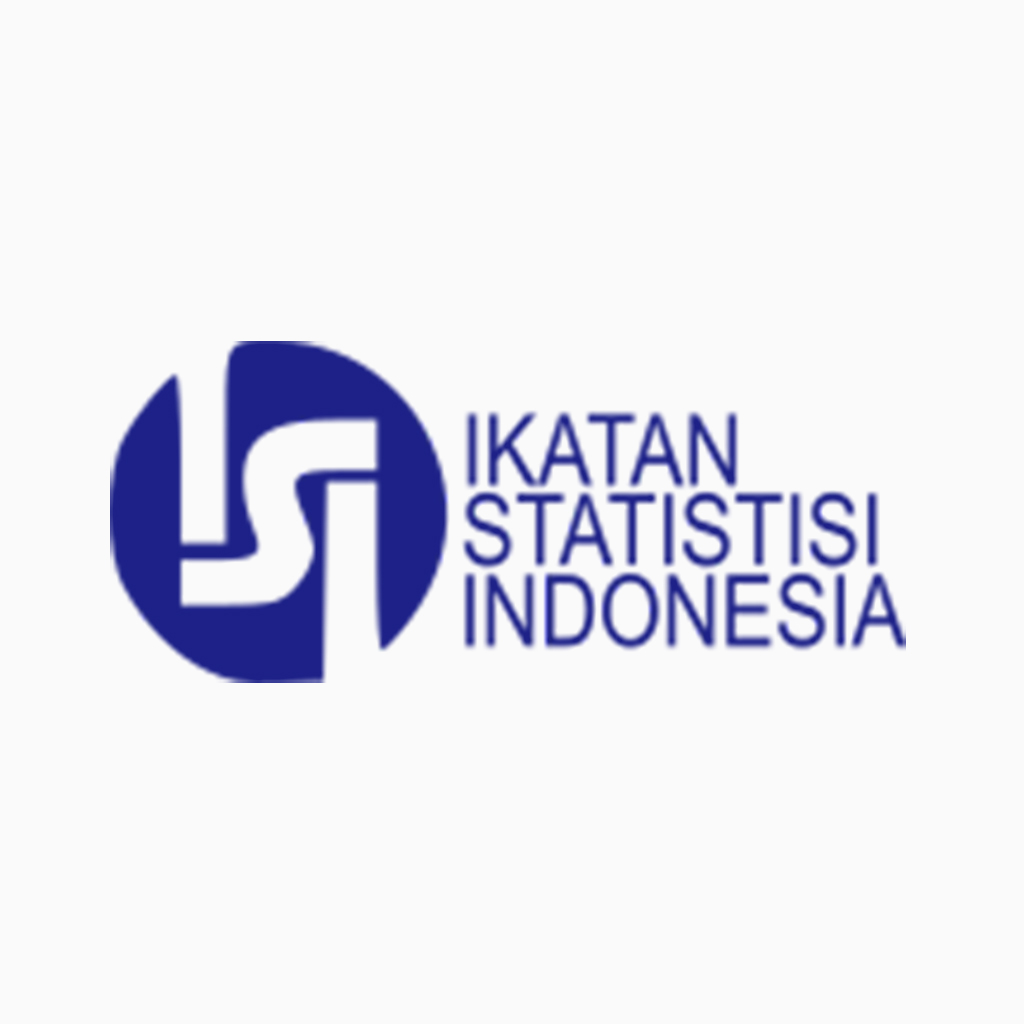Metode Quick Count dan Analisis Autokorelasi Spasial Menggunakan Indeks Moran (Studi Kasus: Pemilihan Presiden Indonesia Tahun 2019 di Kalimantan Timur)
(1) Universitas Mulawarman
(2) Universitas Mulawarman
(3) Universitas Mulawarman
(*) Corresponding Author
Abstract
Quick count is a quick caculation method based on sampling that is used to show the results of the temporary vote before the official election results are published. Votes can be influenced by party bases in various regions, so the linkage of the results of vote acquisition between regions needs to be taken into account. Spatial autocorrelation is the correlation between variables and themselves based on space or region. This research has a goal to determine the difference between the results of the estimated vote acquisition using the quick count method with the results of the KPU vote and spatial autocorrelation using the Moran index to determine whether or not there is a spatial autocorrelation of the results of the vote acquisition in the presidential election. The data used is the vote acquisition data of each pair of presidential candidates in the 2019 Indonesian presidential election in East Kalimantan Province using stratified random sampling. The results of the difference between the estimated votes obtained by the quick count method and the KPU calculation is relatively small at 0.01% and from the results of the spatial autocorrelation test hypothesis it is known that there is no spatial autocorrelation of the results of the vote acquisition for each pair of Indonesian presidential candidates in 10 districts/cities in East Kalimantan in 2019.
Keywords
Full Text:
PDFReferences
Desvira, D. (2014). Penerapan Algoritma Greedy dalam Menentukan Sampel TPS pada Quick Count. Makalah IF2211 Strategi Algoritma. Bandung: Institut Teknologi Bandung.
Ulya, S. F., Sukestiyarno Y. L., dan Hendikawati P. (2018). Analisis Prediksi Quick Count dengan Metode Stratified Random Sampling dan Estimasi Confidence Interval Menggunakan Metode Maksimum Likelihood. UNNES Journal of Mathematics 7(1) : 108-119.
Prahutama, A. (2014). Analisis Kemenangan Pemilihan Gubernur (PILGUB) Jawa Tengah 2013 dengan Autokorelasi Spasial. Jurnal Statistika, Vol 2, No. 1, Halaman 6-12.
Anselin, L. (1993). Exprolatory Spatial Data Analysis and Geographic Information System. California Santa Barabara: National Center for Geographic Information and Analysis.
Anselin, L. (1988). Spatial Econometrics: Methods and Models. London: Kluwer Academic Publisher.
Syafitri, Utami, D., Bagus S. dan Salamatuttanzil. (2008). Pengujian Autokorelasi terhadap Sisaan Model Spatial Logistik. Seminar Nasional Matematika dan Pendidikan Matematika, Halaman: 2. Bogor: FMIPA IPB.
Article Metrics
Abstract view : 689 timesPDF - 151 times
DOI: https://doi.org/10.26714/jsunimus.8.2.2020.121-126
Refbacks
- There are currently no refbacks.
Copyright (c) 2020 Jurnal Statistika Universitas Muhammadiyah Semarang
Editorial Office:
Department of Statistics
Faculty Of Mathematics And Natural Sciences
Universitas Muhammadiyah Semarang
Jl. Kedungmundu No. 18 Semarang Indonesia
Published by:
Department of Statistics Universitas Muhammadiyah Semarang
This work is licensed under a Creative Commons Attribution 4.0 International License







2.png)



